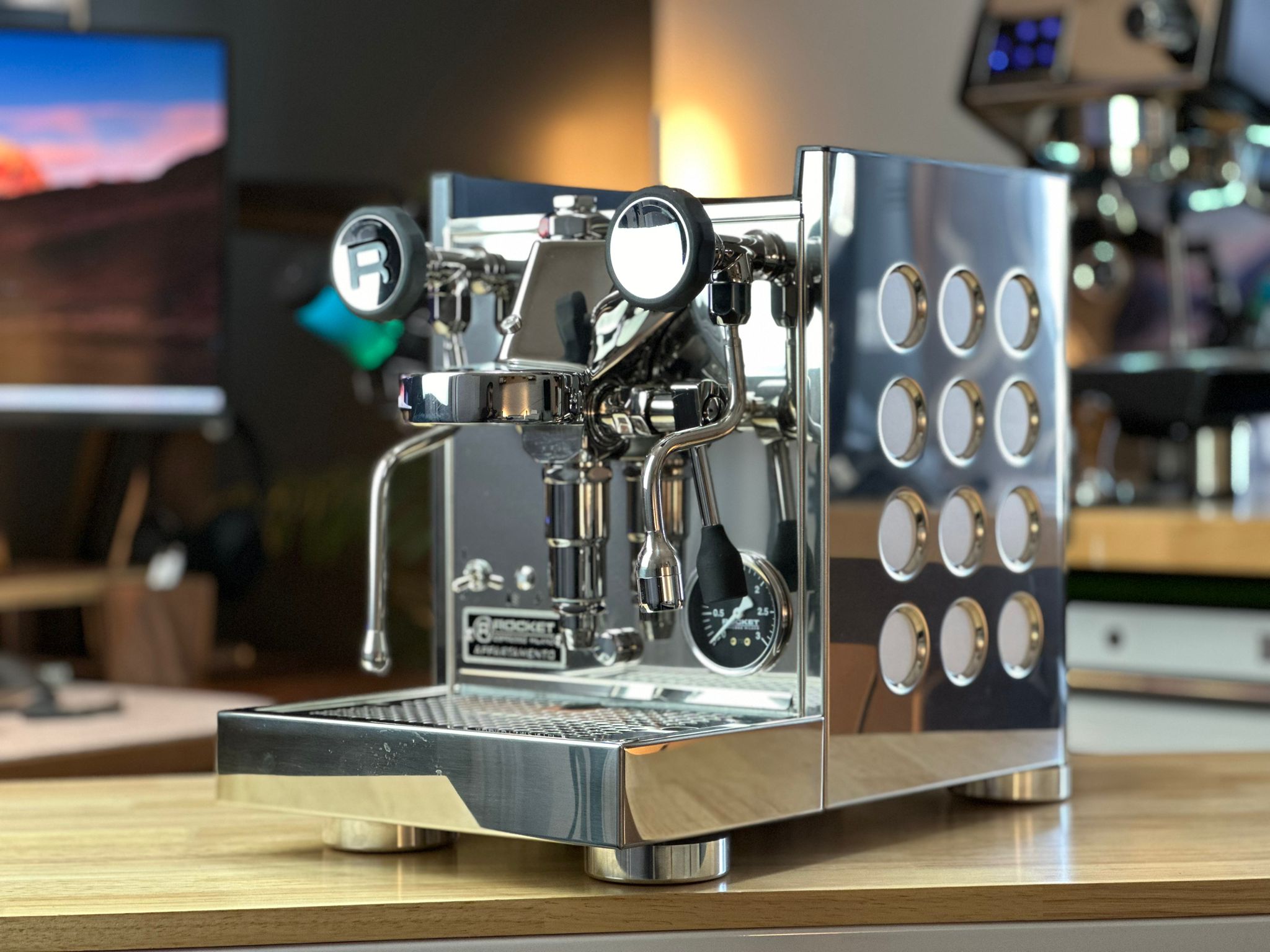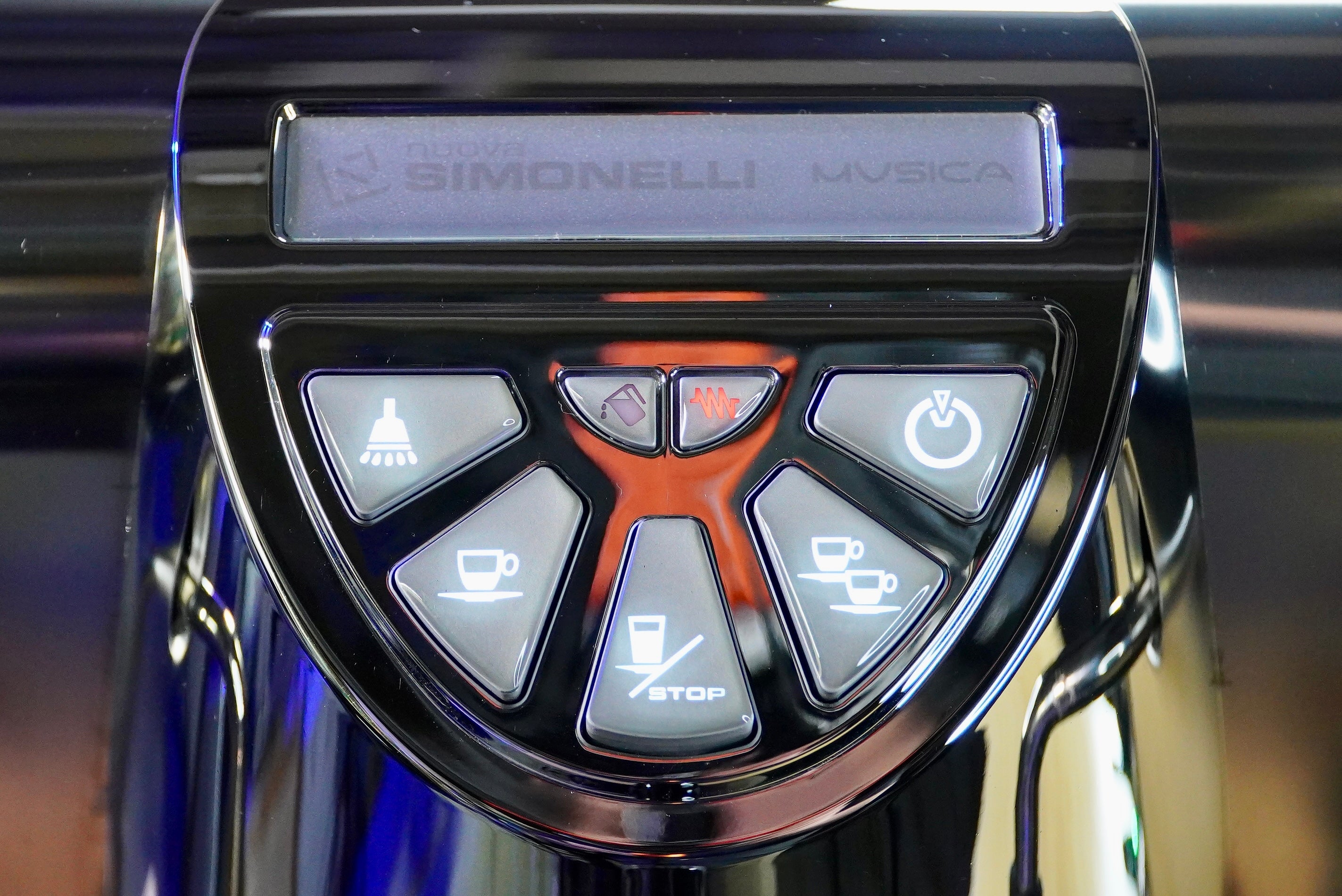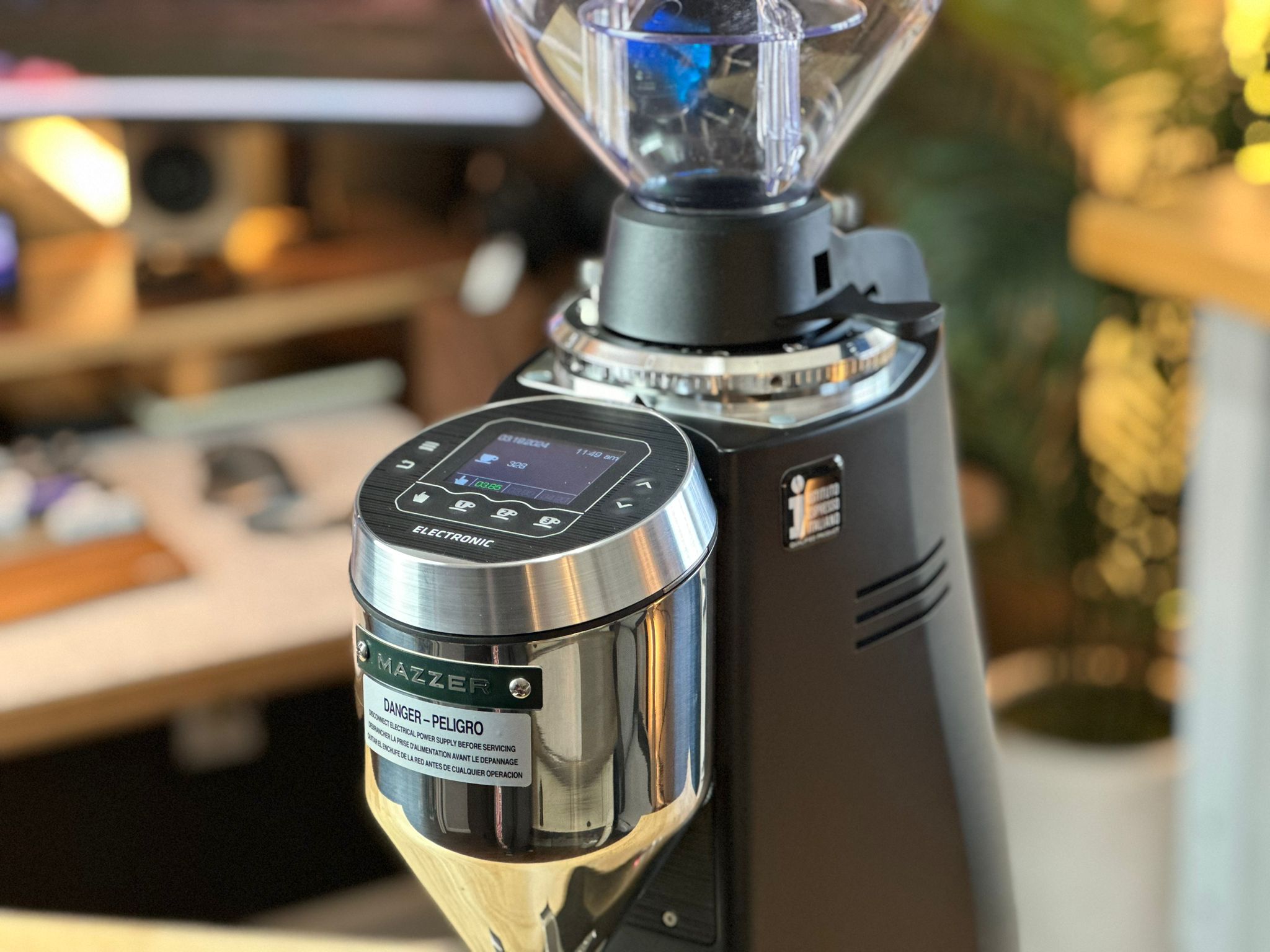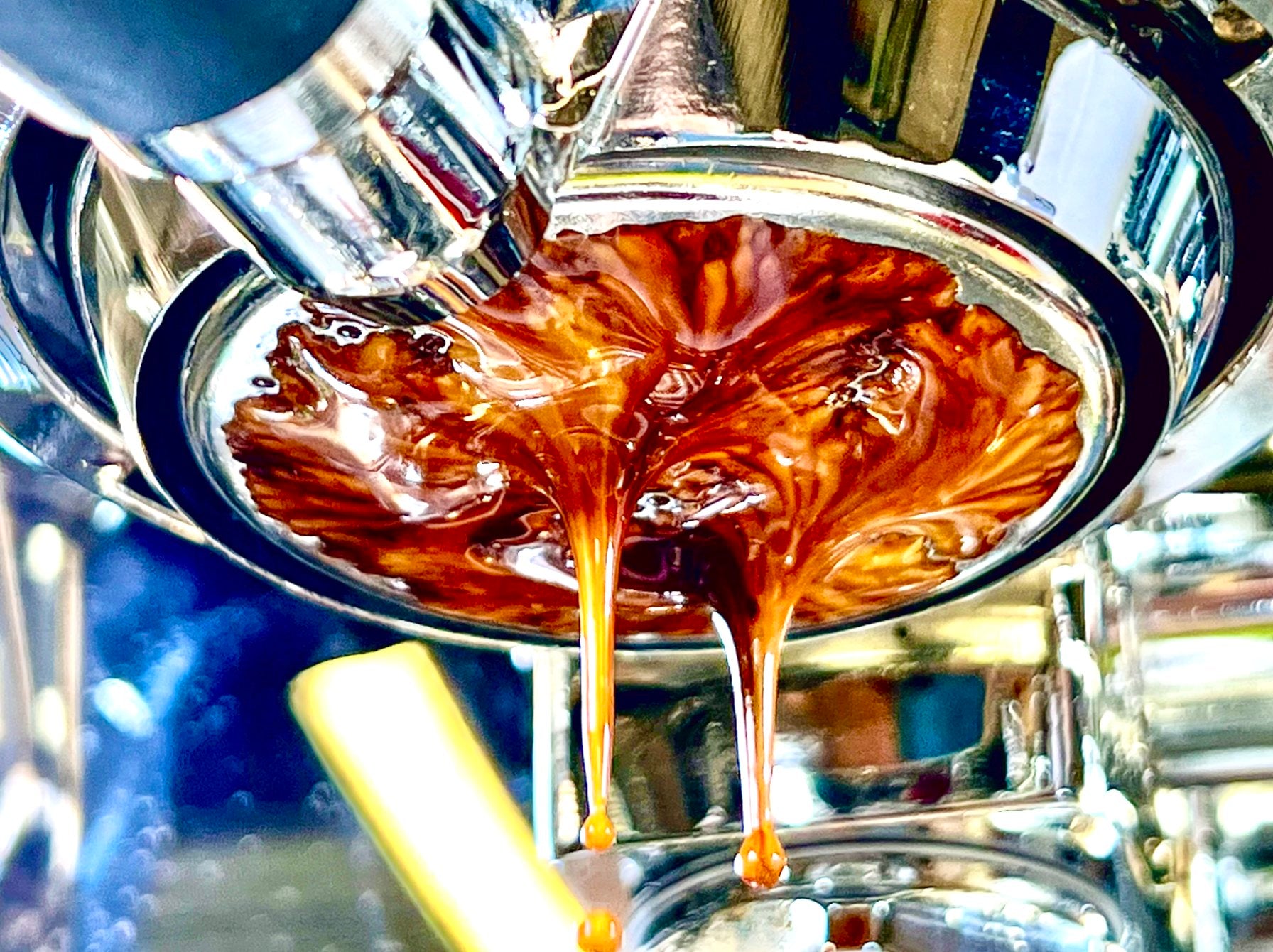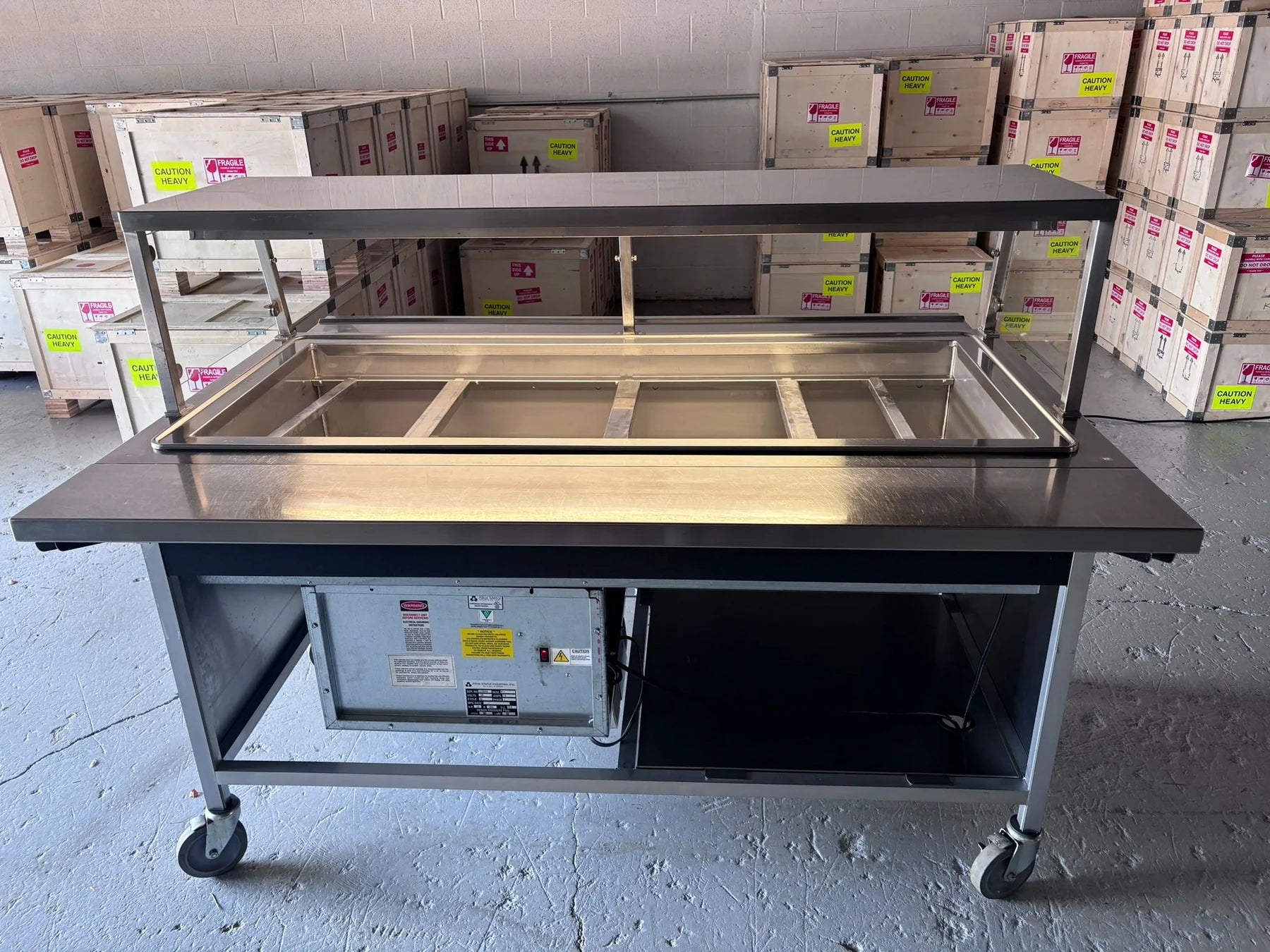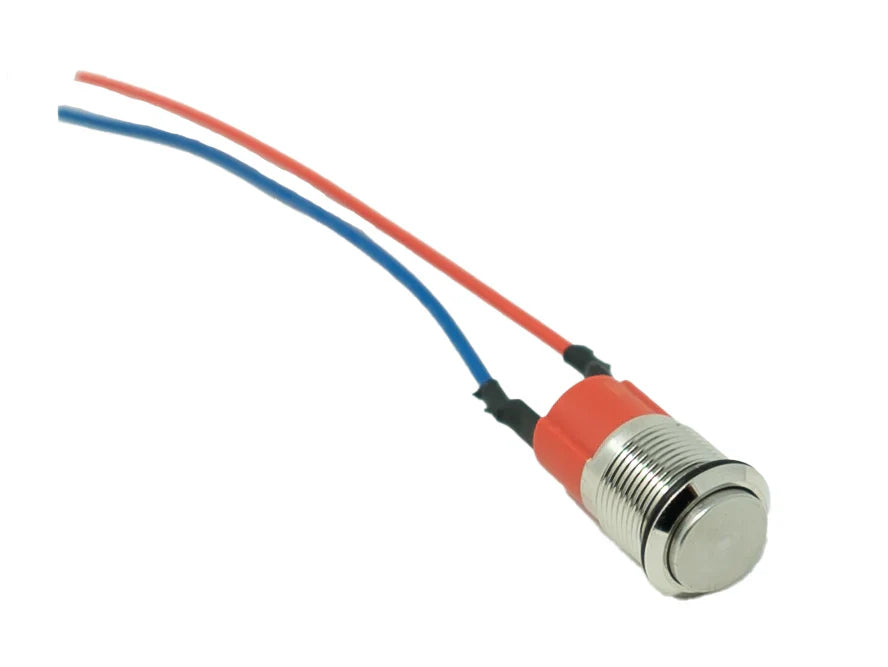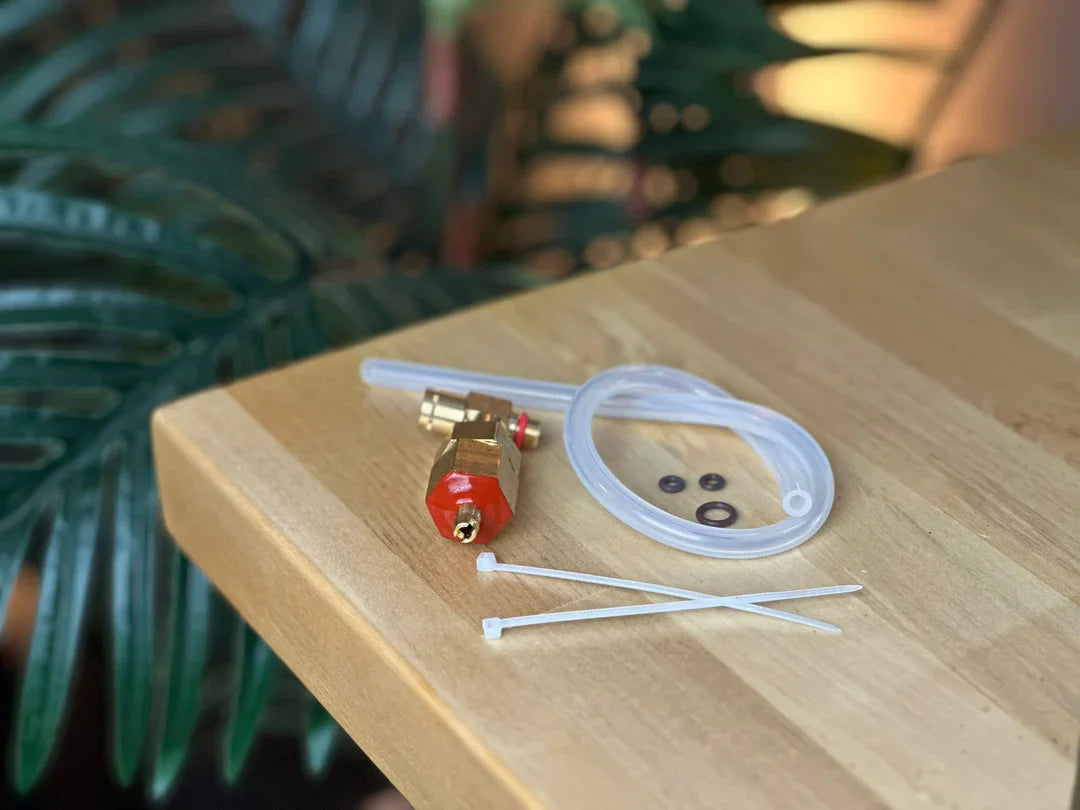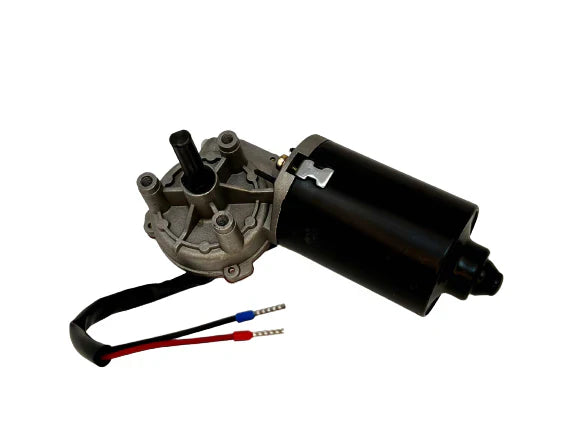Descaling Heat Exchange Espresso Machines - A Comprehensive Guide
Descaling a heat exchange (HX) espresso machine, particularly one with an E61 group head, is an important part of maintaining your machine and ensuring consistent performance. Over time, mineral deposits from water, particularly calcium and magnesium, can build up inside the boiler, pipes, and group head. This can negatively affect brewing temperature, pressure, and water flow, leading to inconsistent espresso and even long-term damage to your machine.
The best way to avoid frequent descaling is to keep your water hardness at 50 parts per million (ppm) or less. When you use softer water, you significantly reduce the risk of limescale buildup, which minimizes the need for descaling.
Here is a comprehensive guide on how to descale your heat exchange E61 espresso machine and tips on how to prevent scaling in the first place.
1. Why Descaling is Necessary
Descaling removes limescale and mineral buildup from your espresso machine. When hard water (which contains high levels of calcium and magnesium) is heated inside your espresso machine, these minerals precipitate out and form deposits, particularly in the heat exchanger, boiler, and pipes. This can lead to:
- Reduced water flow due to blockages
- Inconsistent brewing temperature
- Poor steam pressure
- Damage to heating elements and internal parts
Descaling is particularly important in heat exchange machines, which are often used for both steaming and brewing, as mineral buildup can affect both functions.
2. How Often Should You Descend?
The need for descaling largely depends on your water quality. If you're using water with high mineral content (hard water), you may need to descale more frequently, potentially every 3 to 6 months. If you're using softened water or water that’s treated to have a hardness level of 50 ppm or lower, you can extend the period between descaling to every 12 to 18 months, or even longer.
To minimize the need for descaling:
- Use water with a hardness level of 50 ppm or less. This can be achieved using a water softener, reverse osmosis system, or bottled water specifically designed for espresso machines.
3. Equipment and Supplies Needed
Before starting the descaling process, gather the necessary equipment:
- Descaling solution: You can use commercial descaling products like Urnex Dezcal, Durgol Swiss Espresso Descaler, or a mixture of citric acid and water (mix 1 tablespoon of citric acid per liter of water).
- Measuring cup or beaker
- Large container to catch water from the group head, steam wand, and hot water tap
- Fresh water for rinsing the machine
4. Step-by-Step Descaling Process
Step 1: Prepare the Descaling Solution
- First, mix your descaling solution according to the manufacturer’s instructions. If you're using citric acid, dissolve the proper amount of powder in warm water.
- Pour the descaling solution into your espresso machine's water reservoir.
Step 2: Prime the Machine
- Turn the machine on and allow it to warm up until it reaches its normal operating temperature. This allows the water to circulate properly through the system.
- Once the machine is heated, turn off the heating element (or leave the machine off entirely if possible). You don’t want to overheat the descaling solution, as high temperatures can cause excessive foaming and damage.
Step 3: Flush the Heat Exchanger and Group Head
- Activate the brew cycle by running the pump as if you were pulling a shot, allowing water to come through the group head. Run the pump for about 20-30 seconds, then turn it off.
- Open the steam wand and release a small amount of descaling solution, then close it.
- Repeat the process, allowing the descaling solution to work its way through the heat exchanger, group head, and steam boiler. Continue this cycle, stopping the pump between each extraction, until about half of the water reservoir has been used.
Step 4: Let the Solution Sit
- Turn off the machine and allow the descaling solution to sit in the system for 20 to 30 minutes. This dwell time allows the descaling solution to dissolve mineral deposits inside the machine.
Step 5: Flush the Machine
- After the solution has soaked for the recommended amount of time, turn the machine back on and flush the remainder of the descaling solution through the group head, steam wand, and hot water tap. Ensure that the entire system is completely flushed.
- Refill the water reservoir with fresh water and flush the system again by running fresh water through all the outlets to remove any residual descaling solution. Repeat this process 2-3 times to ensure no traces of the descaling agent remain.
5. Special Considerations for Heat Exchange Machines
Heat exchange espresso machines have two separate systems—one for brewing and one for steaming—and both systems need to be descaled:
- The group head and brew circuit need regular flushing to prevent buildup.
- The steam boiler and steam wand should also be included in the descaling process, as they can accumulate mineral deposits that affect steam pressure and milk frothing performance.
6. Maintenance Tips to Prevent Scale Build-Up
While descaling is necessary, you can reduce the frequency by managing water hardness. Most espresso machine manufacturers recommend keeping water hardness at or below 50 ppm to avoid mineral buildup. Here are a few ways to ensure that your water stays within this range:
- Use a water softener: Install an in-tank water softener or an external inline water softener system to reduce water hardness before it enters your machine.
- Use reverse osmosis (RO) water: RO systems can remove nearly all the minerals in water. Just be sure to reintroduce a small amount of minerals to avoid damage to the machine's internal components (espresso machines need some minerals for proper water conductivity).
- Bottled water: Some brands, such as Third Wave Water, offer specially formulated water packets designed for use in espresso machines, balancing water for optimal brewing and minimal scale formation.
7. Signs That Your Machine Needs Descaling
If you’re unsure whether it’s time to descale your machine, look out for the following signs:
- Reduced steam pressure or longer steaming times
- Inconsistent brewing temperature or shots that taste off
- Slower water flow through the group head
- Unusual noises from the pump or machine
- Visible scale inside the water reservoir or group head
8. Avoiding Over-Descaling
While it’s essential to descale periodically, avoid descaling too frequently, as this can wear down the machine’s internal components over time, especially if the machine is not flushed properly afterward. With soft water (under 50 ppm hardness), the need for descaling is much less frequent, and using a proper water filtration system can help extend the life of your machine.
Conclusion
Descaling your heat exchange espresso machine with an E61 group head is a crucial part of routine maintenance, ensuring consistent performance and prolonging the life of your machine. By keeping your water hardness at 50 ppm or less, you can significantly reduce the need for descaling, preventing limescale buildup from causing long-term damage. However, when descaling is necessary, following the proper steps will help ensure your machine stays in peak condition, delivering high-quality espresso shots for years to come.
References
- Urnex: Urnex Descaling Instructions
- Barista Hustle: Water Hardness and Its Impact on Espresso Machines
- Clive Coffee: How to Descale an Espresso Machine
- La Marzocco: Water Quality Recommendations for Espresso Machines


